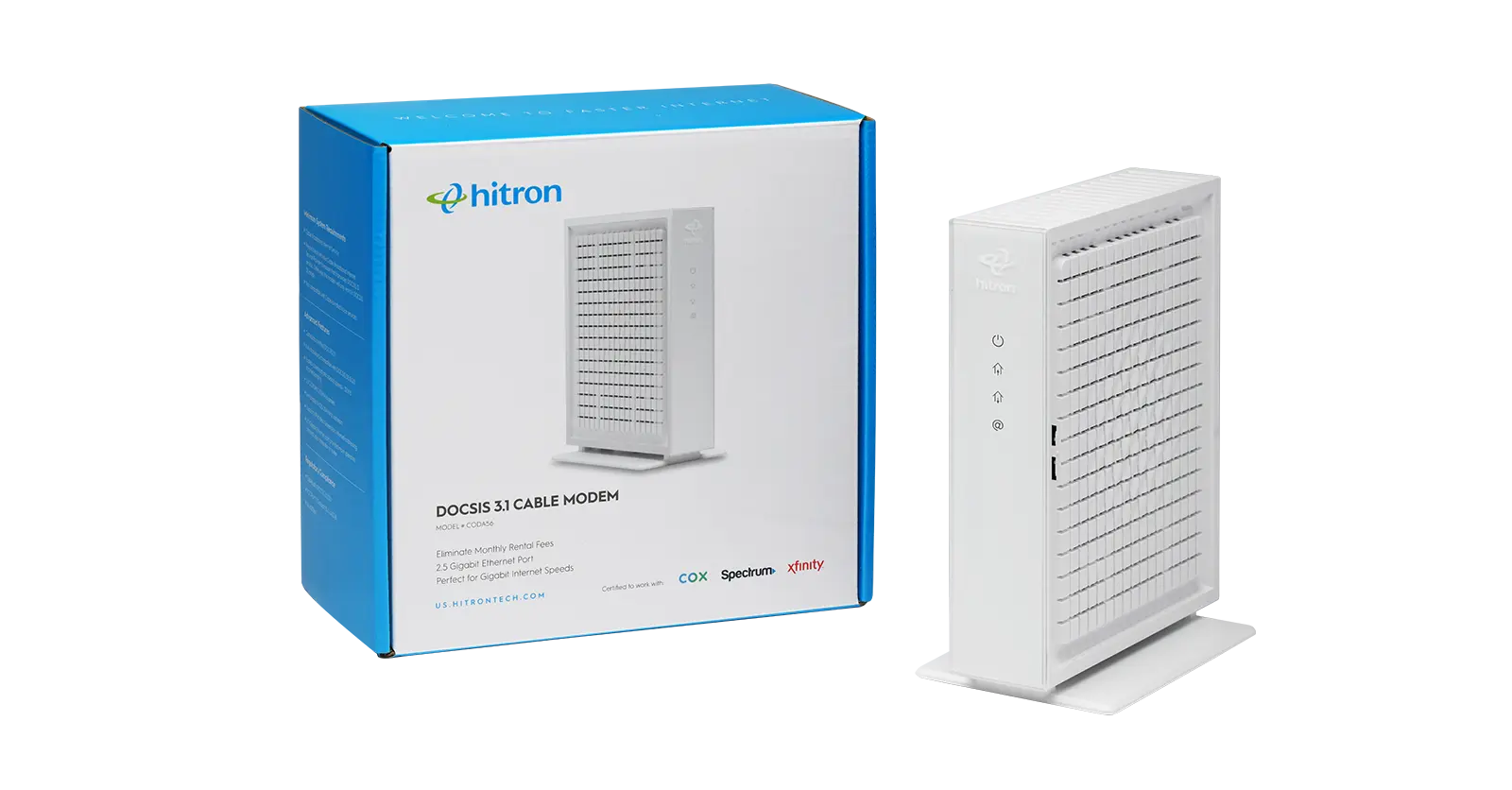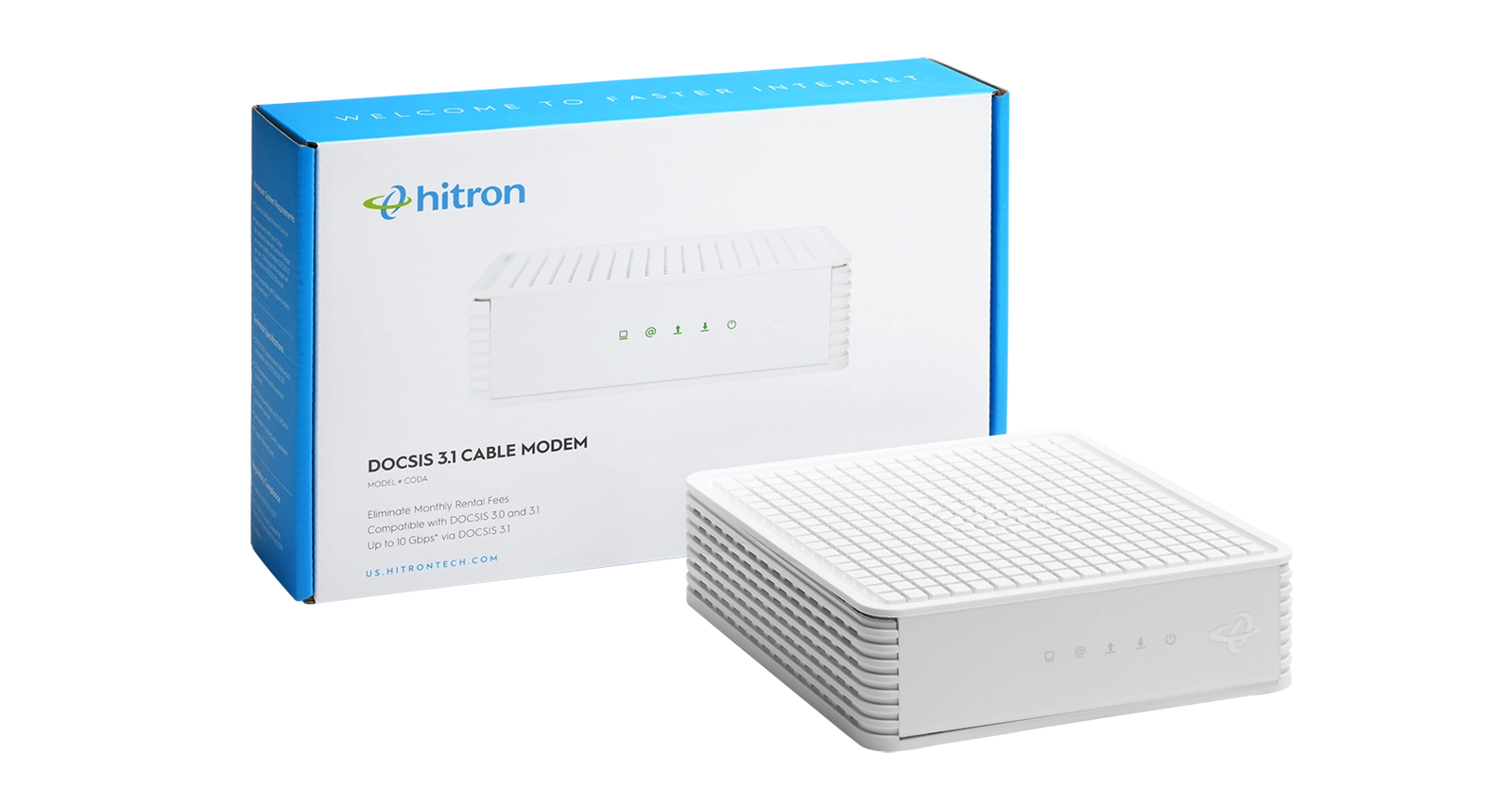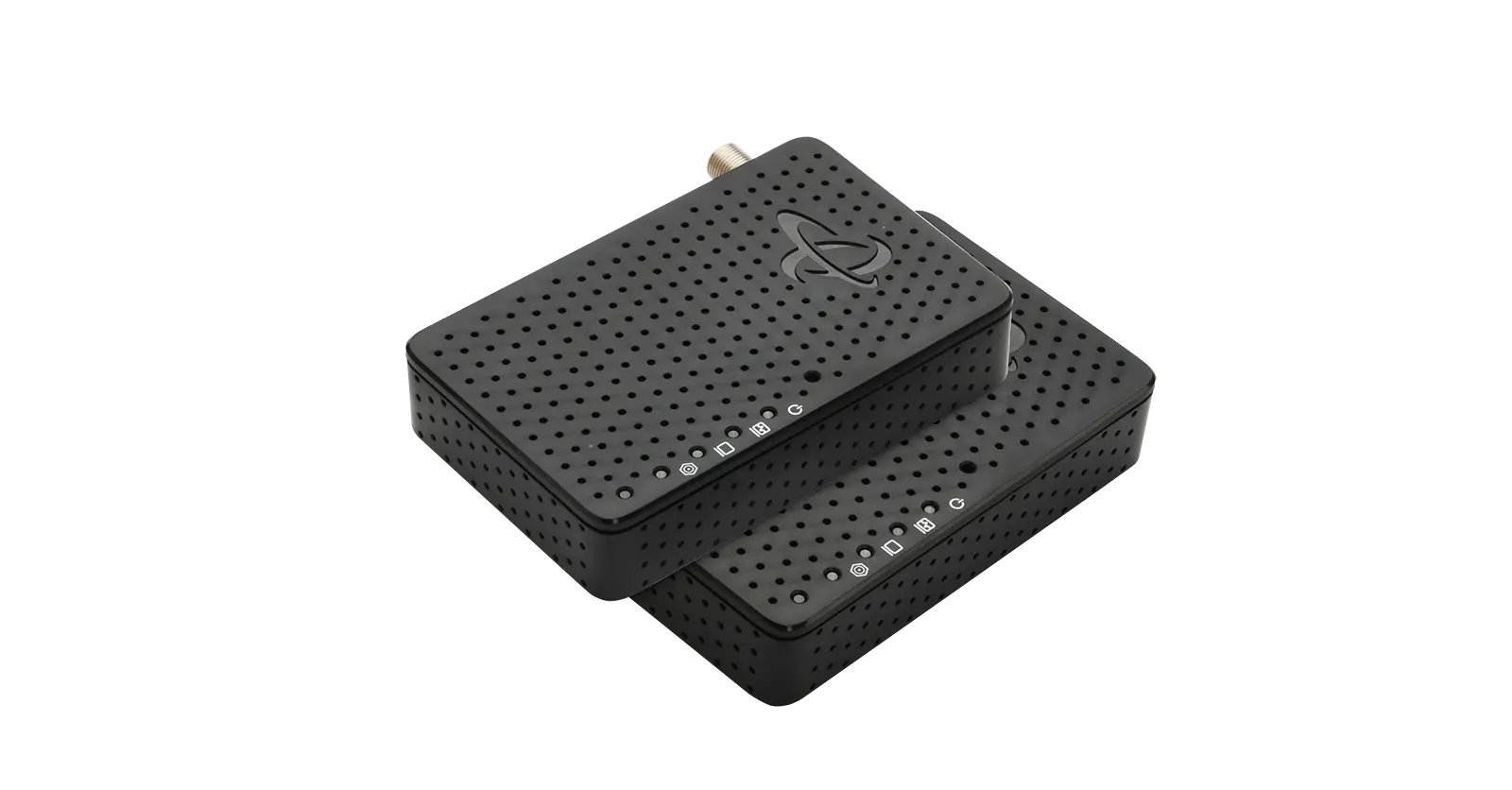Modem Not Connecting to Internet? Here’s what to do when you can’t get online. We’ve all been there. If your cable modem suddenly stops working and you can’t connect to the Internet, it’s frustrating—and usually happens at the worst time. Whether you’re working from home, streaming a movie, or helping your kids with homework, losing Internet connection is more than just annoying—it’s disruptive.
The good news? Most cable modem issues are solvable. In this guide, we’ll walk you through the 5 most important things to check—and explain what to do if the real issue is your modem itself.
1. Check Power and Cable Connections
Before diving into complex troubleshooting, always start with the basics.
Ask yourself:
- Is the modem plugged in securely?
- Are the power and coaxial cables fully inserted?
- Do any cables look frayed, bent, or damaged?
What to Look For:
- No lights at all? Your modem may not be getting power.
- Flashing or blinking lights? It could be trying (and failing) to sync with your Internet service provider (ISP).
- Solid lights in the wrong color or pattern? Check your modem’s manual or the manufacturer’s website to decode the light signals.
Pro Tip: Try plugging your modem into a different power outlet to rule out a faulty socket or power strip.
2. Rule Out an Internet Outage
If the modem appears to be functioning properly but still can’t connect, there may be a service outage in your area.
How to Check:
- Use mobile data to visit your ISP’s website or status page.
- Look up your provider on com to view recent reports.
- Contact customer support to verify if your area is affected.
If there’s an outage, you’ll need to wait for your ISP to restore service. However, if there’s no reported issue and your neighbors are online, the problem is likely on your end.
3. Restart the Modem (Soft Reset)
Sometimes, your modem just needs a fresh start. A restart (soft reset) can clear temporary bugs and restore the connection.
How to Restart:
- Unplug your modem from the power outlet.
- Wait 30 full seconds.
- Plug it back in.
- Allow 2–3 minutes for the lights to stabilize.
This simple step can fix many issues caused by power surges, signal disruptions, or firmware hiccups.
Related: When Should I Reset vs Restart My Modem?
4. Perform a Factory Reset (Hard Reset)
If restarting doesn’t work, a full factory reset may help—but it comes with a warning.
How to Factory Reset:
- Locate the reset hole on the back of your modem.
- Use a paperclip or similar object to press and hold the reset button for 10–15 seconds.
- Wait for the modem to reboot and reinitialize.
Warning:
A factory reset deletes all custom settings. If your ISP provided a custom configuration or if you’ve made changes (like port forwarding or parental controls), these will be lost.
Still, if your modem is misbehaving, a hard reset can eliminate corrupted settings that might be causing problems.
5. Evaluate Your Modem’s Compatibility, Age, and Health
If you’ve tried everything and your modem still won’t connect, the issue may not be temporary—it may be your modem.
Here’s what you need to check:
Is your modem compatible with your ISP?
Each ISP has a list of approved modems. If your device isn’t on it, it may stop working—especially if the ISP upgraded their network (like moving to mid-split or high-split).
Does your modem support DOCSIS 3.1?
This is now the minimum standard for reliable, high-speed cable Internet. DOCSIS 3.0 modems are being phased out by many ISPs and may no longer deliver consistent speeds or connectivity.
Related:
How old is your modem?
Modems typically last 3–5 years. After that, performance often degrades—even if the device powers on.
Related:
- How Do I Know If My Modem Is Outdated?
- 5 Warning Signs Your Cable Modem Is Dying
- How Do You Know If You Need a New Modem?
If Your Modem Is the Problem, We Can Help
We know how frustrating it is to be stuck offline—especially when your equipment is to blame. That’s why Hitron offers retail cable modems that are easy to install, ISP-approved, and built to solve the exact problems you’re dealing with right now.
With a Hitron Modem, You Get:
- Fast, reliable Internet with DOCSIS 3.1 performance
- Compatibility with major ISPs like Xfinity, Cox, and Spectrum
- Save money—stop paying rental fees and own your modem
- Plug-and-play setup with no technician required
“Replaced my old modem with Hitron’s CODA56. It worked immediately and my speeds doubled. Totally worth it.”
— Verified Customer, Amazon Review
Solve Your Modem Problem Today
Compare Hitron Modems
When Should You Replace Your Modem?
Not sure if it’s time to upgrade? Here’s a quick checklist:
Symptom
Likely Issue
What to Do
Compare Hitron Retail Modems
Model
Max Speed
Ethernet Port
Best For
Link
Stop Troubleshooting. Start Upgrading.
If your modem keeps dropping connection, won’t stay online, or just can’t keep up—it’s time for a better solution.
Hitron cable modems are built for today’s Internet needs, giving you speed, reliability, and the freedom to stop renting and start owning.
Don’t spend another day guessing whether your modem is the problem.
Make the switch and enjoy Internet that just works.


